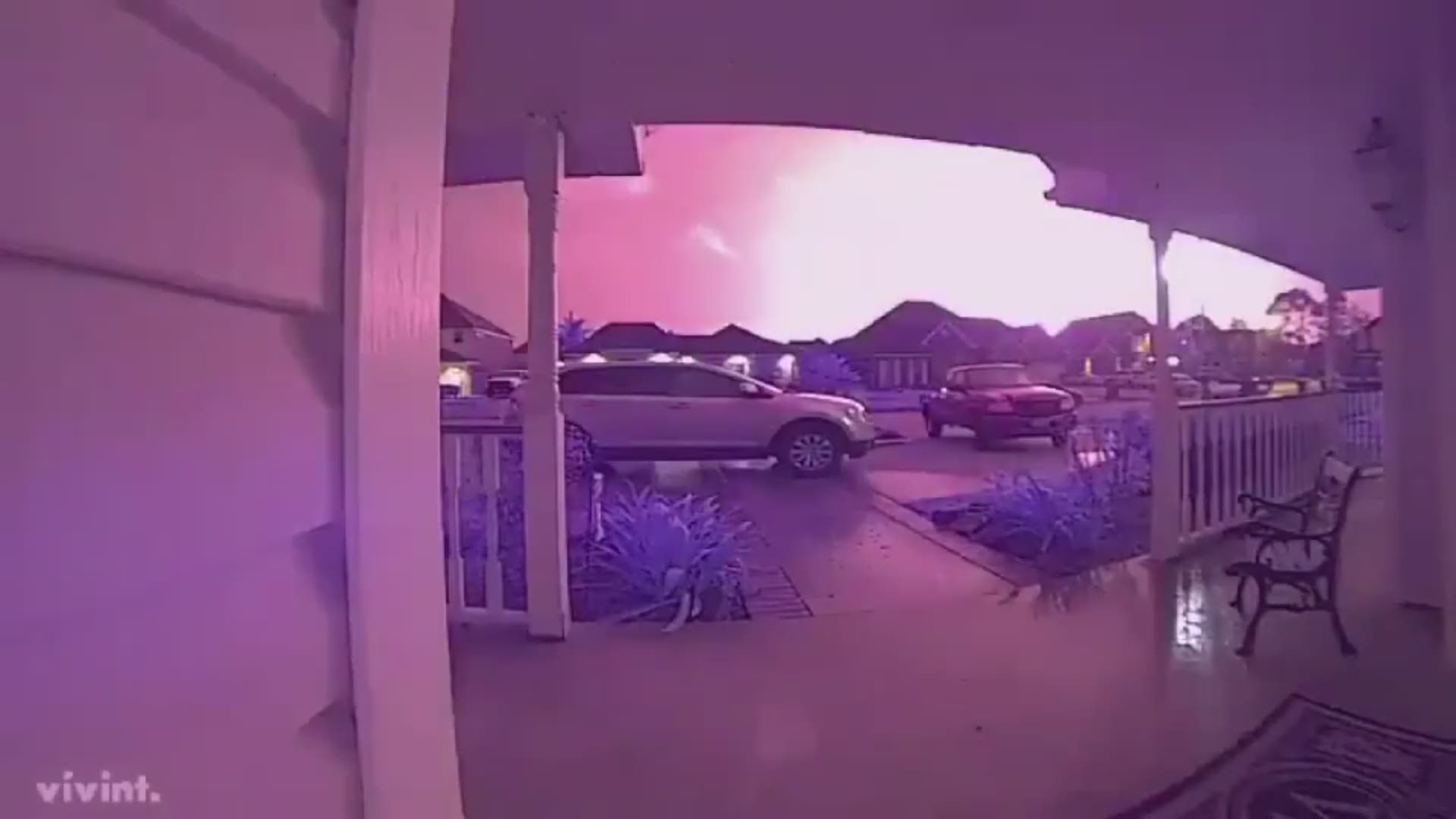PORT NECHES, Texas — 12News is digging deeper into the cause of the TPC plant explosions and fires on Wednesday.
We spoke with TPC Group representative Payton Keith to find more information regarding the tanks and what’s being contained inside.
TPC has a total of 102 tanks that store a variety of substances and materials.
There are two types of tanks: a spherical source tank and an atmospheric tank, or API tank.
At the time of the explosion, 88 tanks were in use at the plant.
71 sphere tanks, used to store materials that are under pressure, were being used on Wednesday. Additionally, 17 American Petroleum Institution tanks were in use at the plant.
What’s inside these tanks vary.
Chemicals in sphere tanks have a “moderate to high volatility,” or evaporate at a lower temperature.
Materials inside API tanks takes are slow vapor storage and are not under pressure.
Two API tanks ruptured. The tanks stored NMP, which is a solvent used to separate various products. It has a low volatility.
The two API tanks were not in the tank farm.
The cause of the event is still unknown. It will be the subject to a full and thorough investigation, Keith said.
Materials inside of the tanks are as follows:
Raffinate: a gas similar to butane
Butadiene: colorless, non-corrosive gas and has a mild aromatic odor
Crude 4: unrefined gas mixture (please note this is not crude oil)
Poly blend: contains heavy components of C4
Rich Solvent
Of the five materials, four of them have high volatility materials. They evaporate at a lower temperature, which is why the decision was made to let those tanks burn off.
Status of the sphere tanks at TPC:
- 61 tanks not impacted
- At least 9 damaged in some capacity
- 1 sphere tank ruptured
Status of API tanks:
5 materials in them:
- Methanol- light solvent, storing for huntsman
- Caustic- chemical used for water treatment
- Firewater- raw water used to weigh tanks down
- NMP- solvent, used to separate various products (low volatility)
- NTVE- fuel additive used to help engines run. Only two tanks of this material were in use.
Two API tanks ruptured. 17 API tanks were in service during time of incident. NMP was contained in these tanks.
Only one of the ruptured tanks contained a substance considered “high volatility.”
Small amounts of chlorine were on site but not enough to be stored in a big tank. This chemical was immediately located and isolated. Anything containing Chlorine was not impacted.


